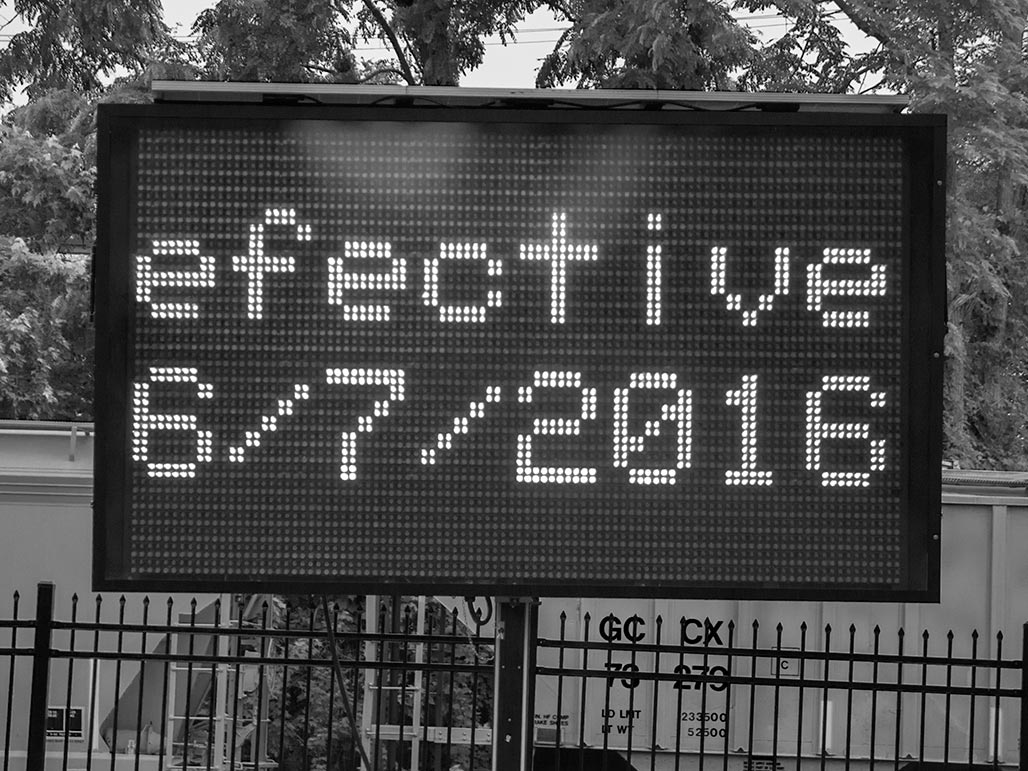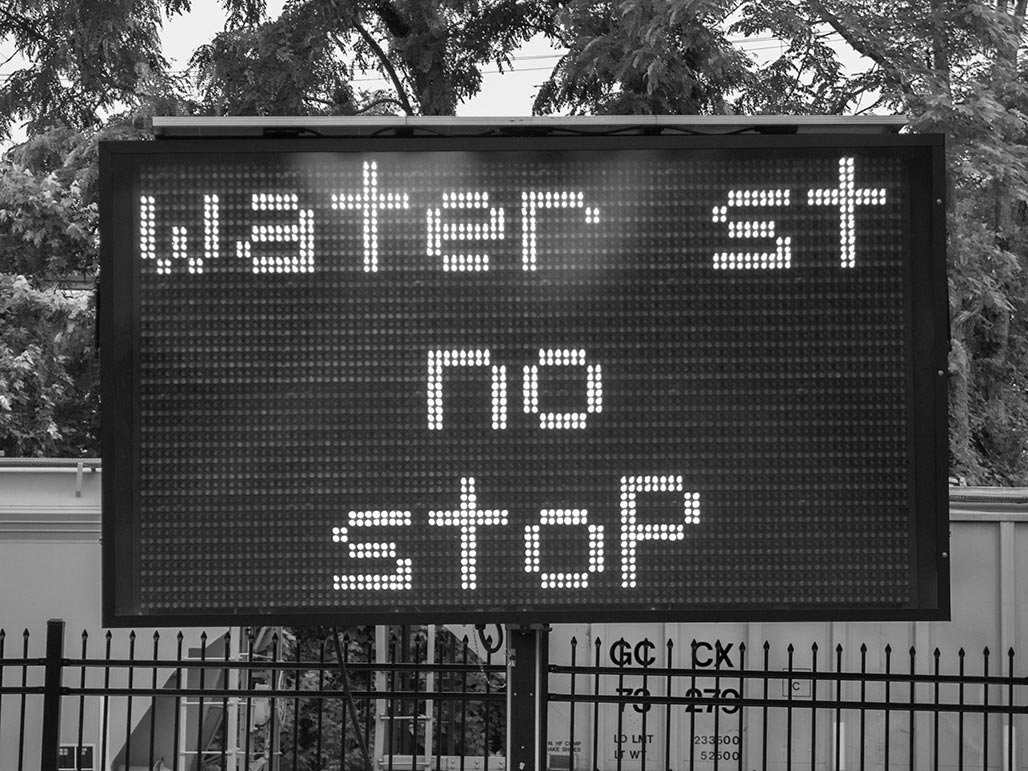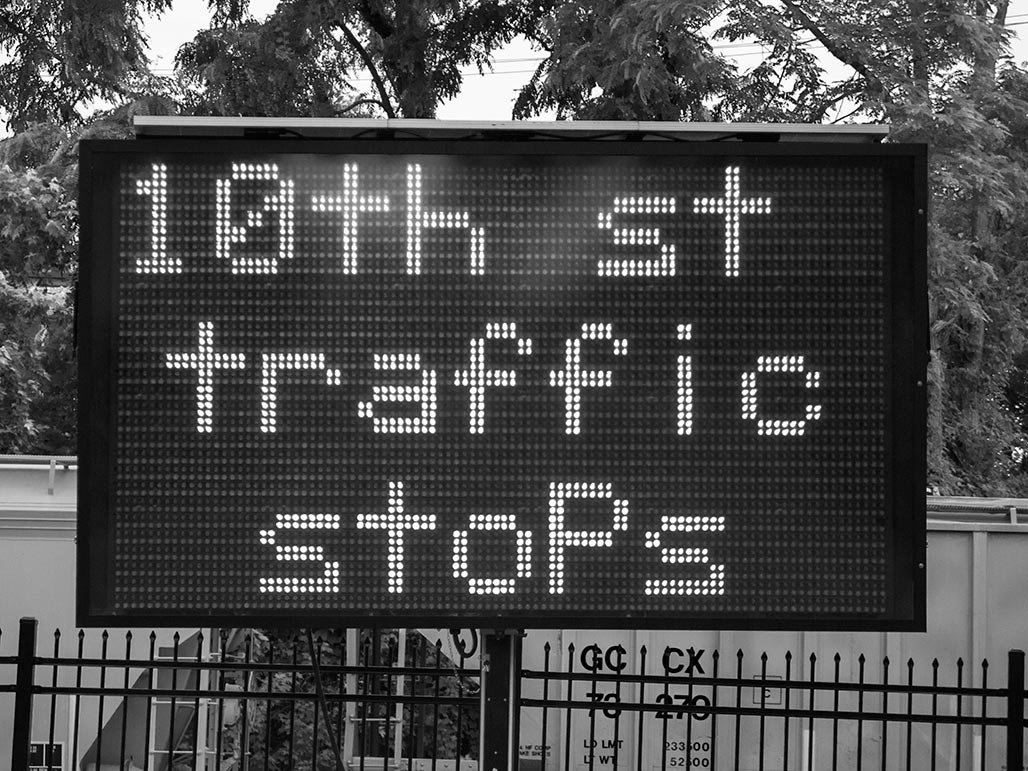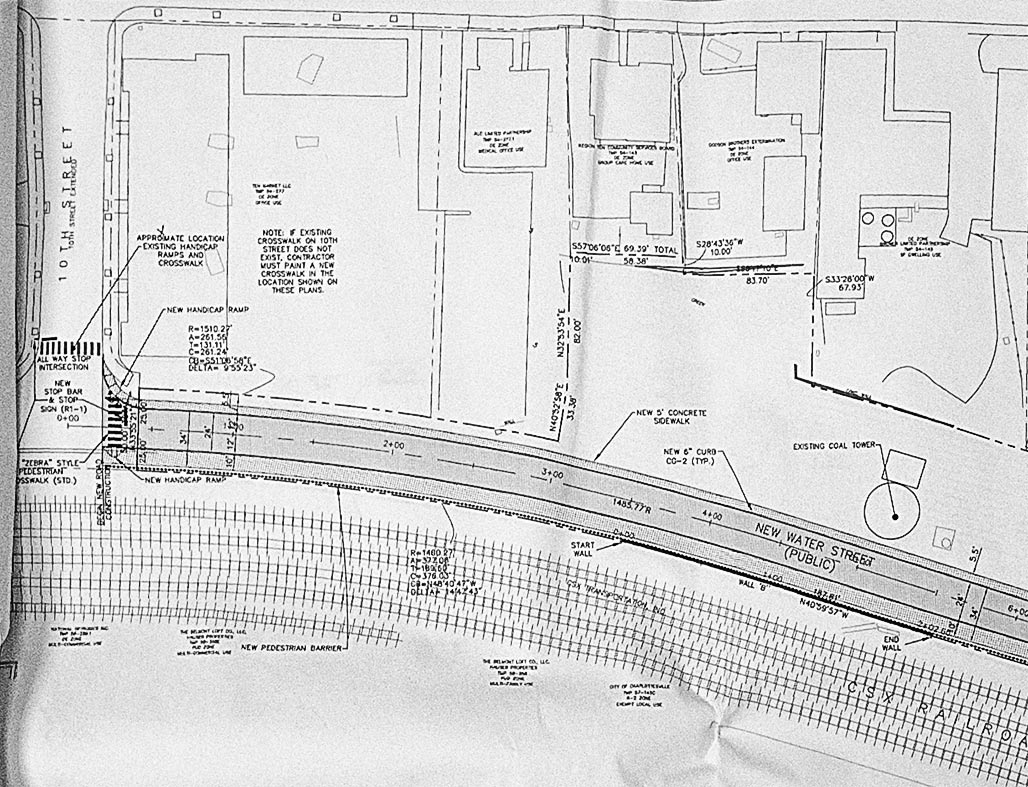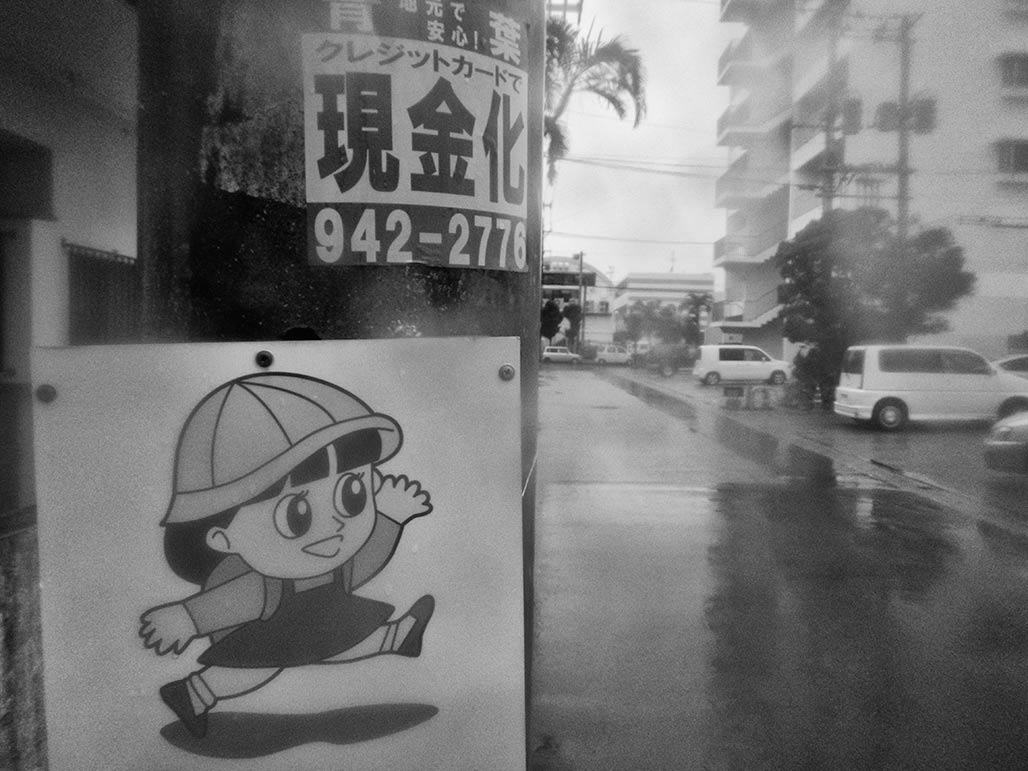


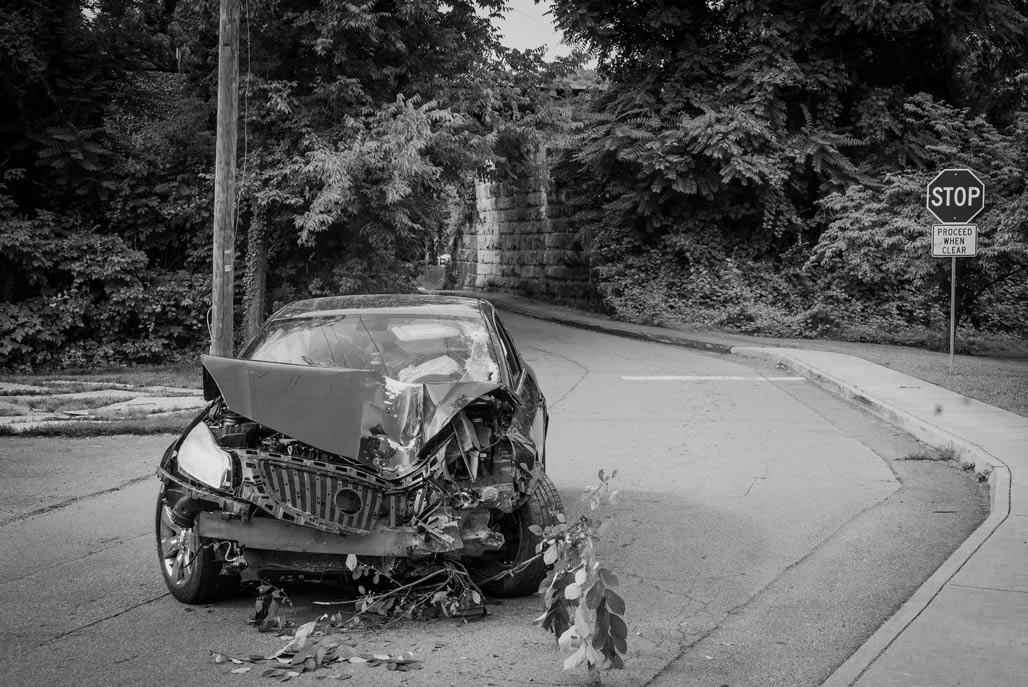
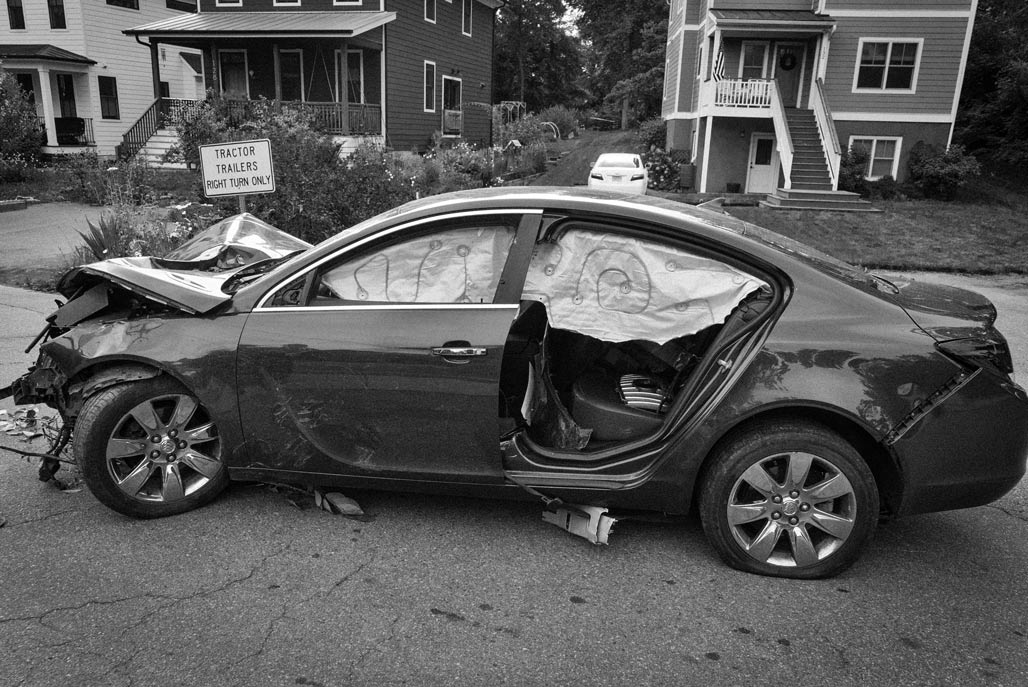
photography from the Chesapeake Bay watershed by Bill Emory





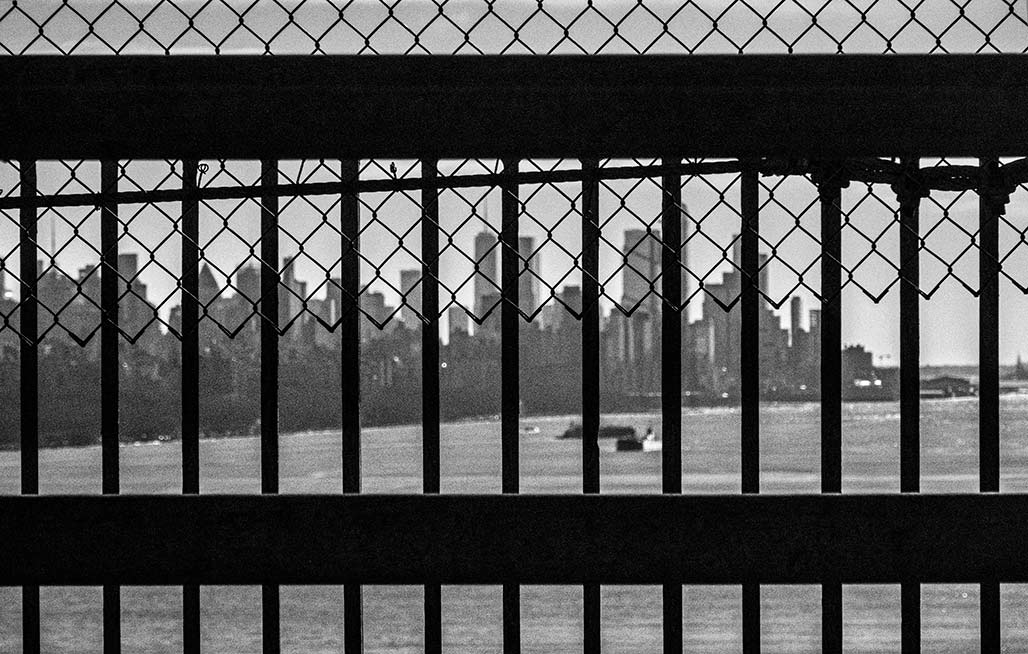
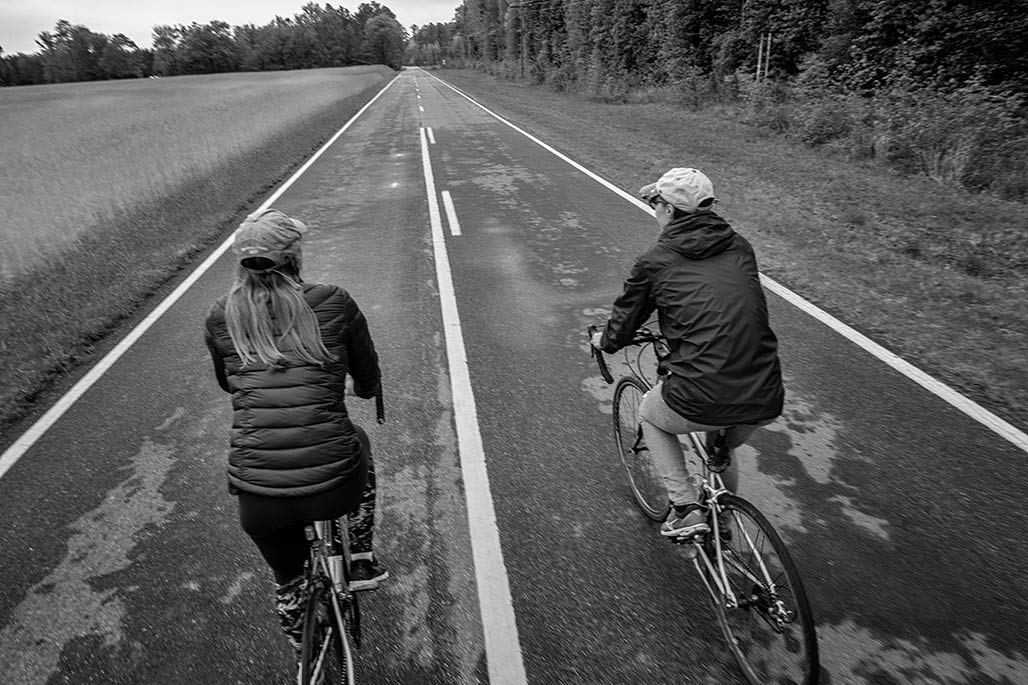
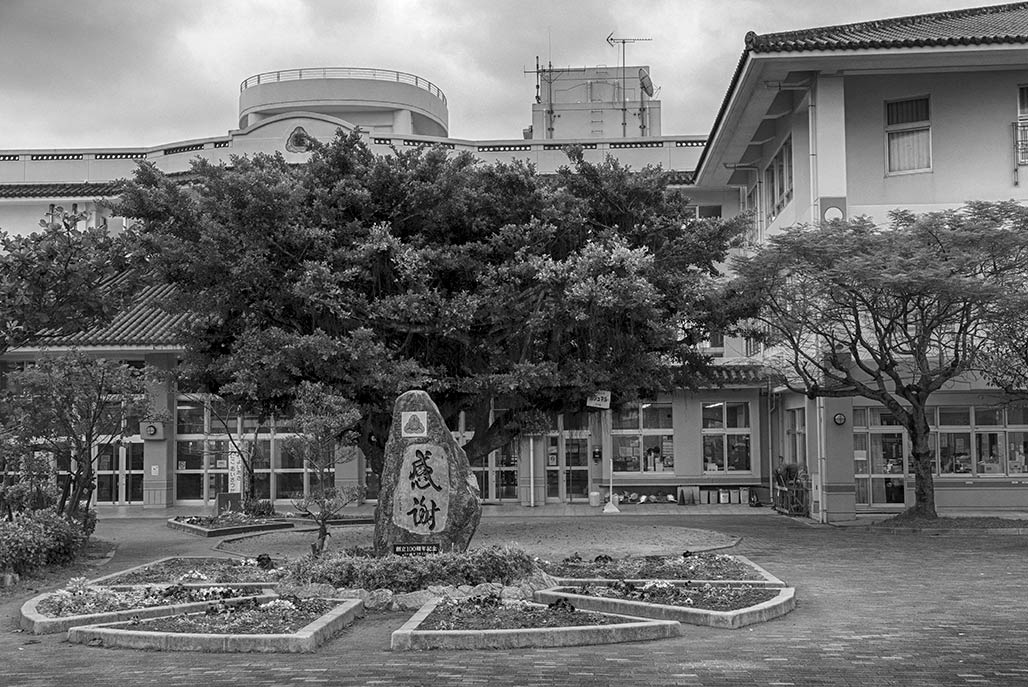

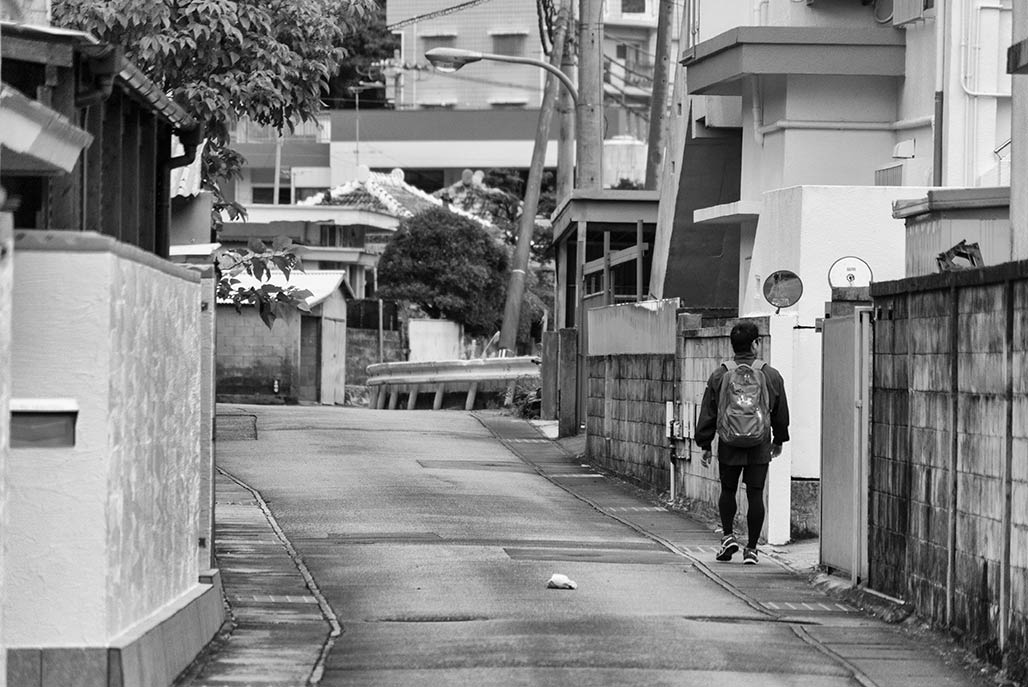
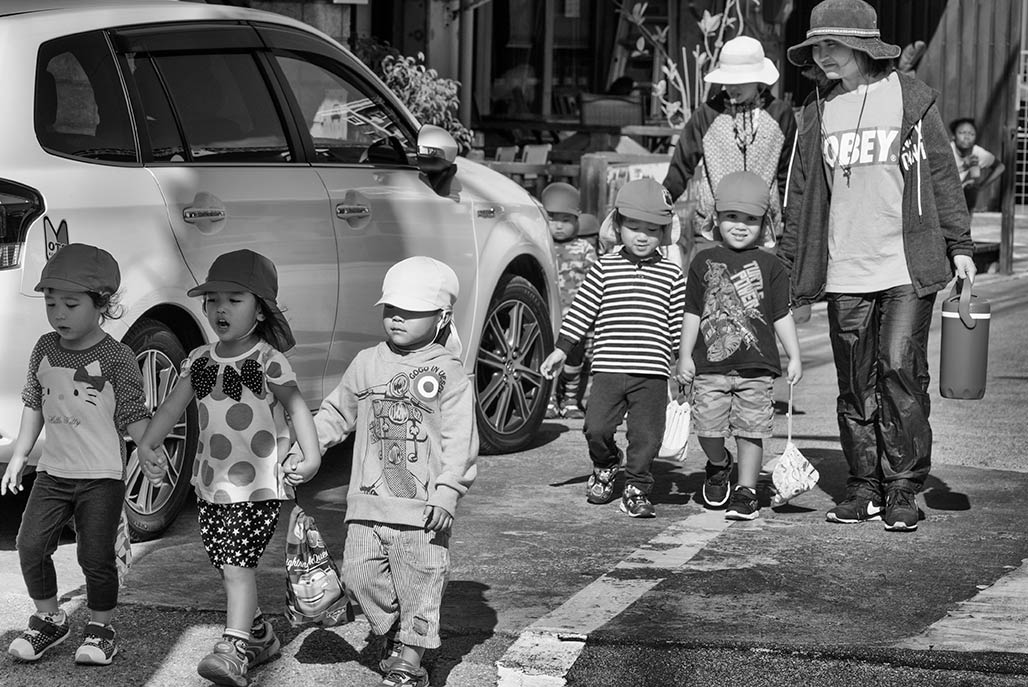




And so rarely leaving the Chesapeake Bay watershed I imagined a city comprised of narrow tree-lined streets, generous bike and pedestrian provisions, 264 foot city blocks lining the Williamette River.
Yes, well not exactly.
So they did say no, and they did leverage a bunch of public transit money and it is amazing. But it is not the idyll of my imagination.

